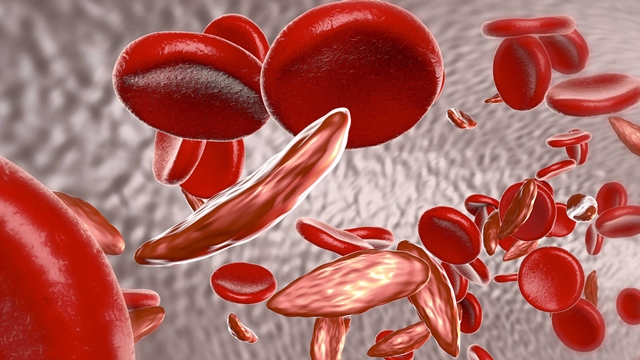10 Sept. 2019. A two year-old enterprise spun-off from Yale University is developing gene-editing treatments for genetic disorders with synthetic peptides and DNA delivered in nanoscale particles. Trucode Gene Repair Inc. in South San Francisco, California, is emerging from stealth mode and raising $34 million in venture funds.
Trucode Gene Repair designs treatments for genetic diseases such as sickle cell disease and cystic fibrosis. The company says its technology invokes natural DNA repair mechanisms with a combination of synthetic nucleic acids formed into peptides, short chains of amino acids, and DNA sequences for correcting genetic errors. These peptides and DNA sequences are packaged in nanoscale particles made from biodegradable polymers.
Trucode licenses its technology from the labs of genetics professor Peter Glazer, biomedical engineering professor Mark Saltzman, and pediatrics professor Marie Egan, all at Yale University. Egan is also director of Yale’s Cystic Fibrosis Center. In recent work, the researchers devised techniques for combining peptide nucleic acids with DNA to form triple-helix structures that induce DNA repair. The team also developed a non-toxic delivery method with biodegradable nanoparticles that the company says is safer than Crispr gene editing, which often relies on viruses for delivery.
This team demonstrated the technology in lab mice induced with human beta-thalassemia, an inherited blood disorder similar to sickle cell disease, in a paper published in June 2018. People with beta-thalassemia have blood with lower and unsafe levels of hemoglobin. In the paper, the researchers corrected a mutation causing the disorder in fetal mouse tissue, delivering the nanoparticles with infusions. The mice born with the gene-editing nanoparticles showed normal levels of blood hemoglobin, and no signs of off-target genetic edits.
Trucode is refining the technology into treatments for genetic disorders starting with sickle cell disease and cystic fibrosis. Like beta-thalassemia, sickle cell disease involves hemoglobin, but in this case people with sickle cell disease have hemoglobin molecules that cause blood cells to form into an atypical crescent or sickle shape. That abnormal shape causes the blood cells to break down, lose flexibility, and accumulate in tiny capillaries, leading to anemia and periodic painful episodes.
Cystic fibrosis is an inherited disease of the glands that make mucus, a substance keeping the lungs and airways moist, as well as helping prevent infection. With cystic fibrosis, the mucus becomes thick and sticky, and builds up in the lungs and airways. The build-up of mucus can also affect the pancreas, liver, intestines, and other organs.
“The medical promise of gene editing to cure patients with genetic disease has arrived but has not realized its full transformative potential,” says Trucode founder and CEO Marshall Fordyce in a company statement. “Our technology could address key challenges faced by the industry, including editing fidelity, immune reactions, delivery, scaled manufacturing, and intellectual property.”
In Trucode’s first venture funding, the company raised $34 million, led by technology venture investors Kleiner Perkins and GV, a division of Alphabet formerly known as Google Ventures. No other investors were disclosed.
More from Science & Enterprise:


 RSS - Posts
RSS - Posts
You must be logged in to post a comment.